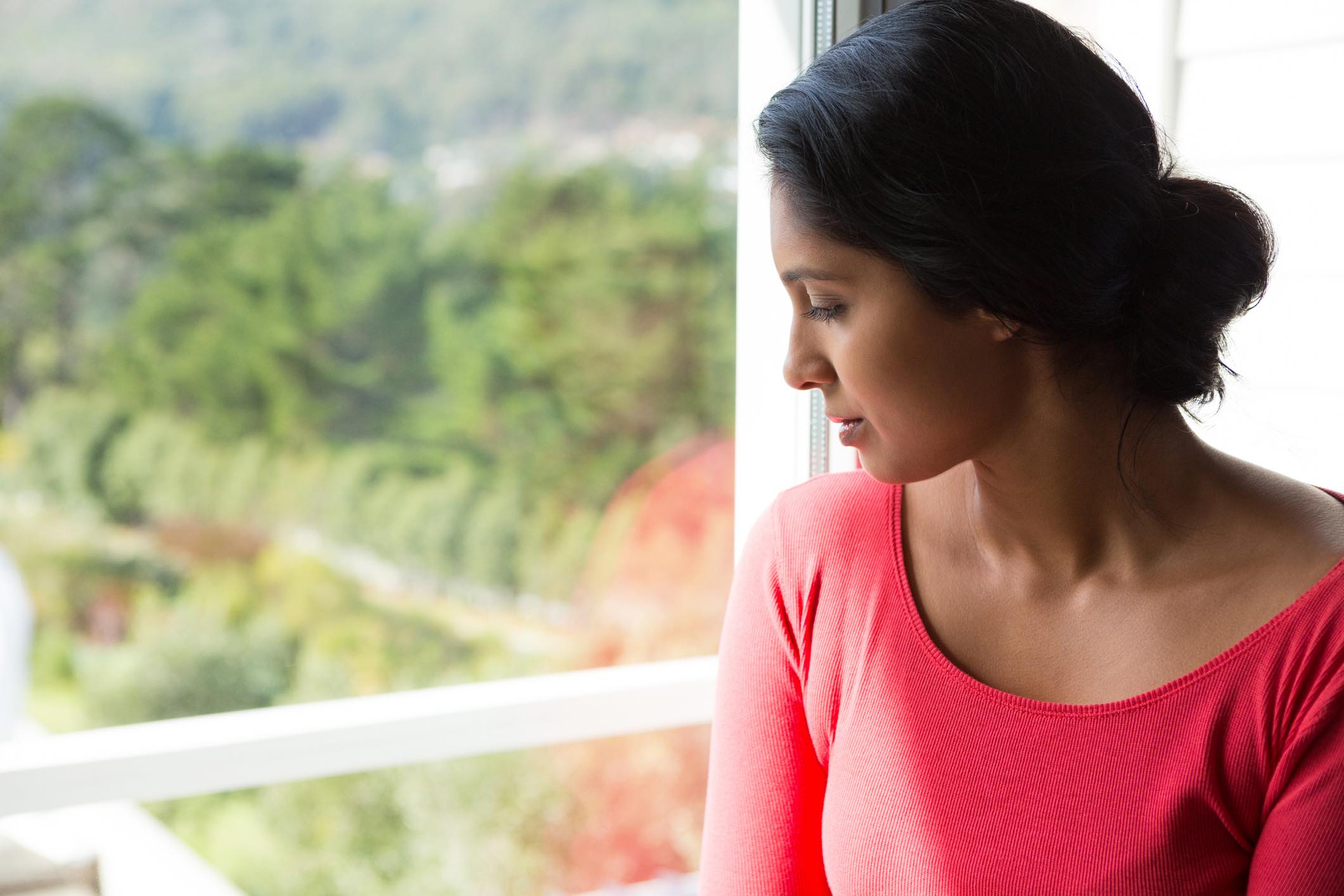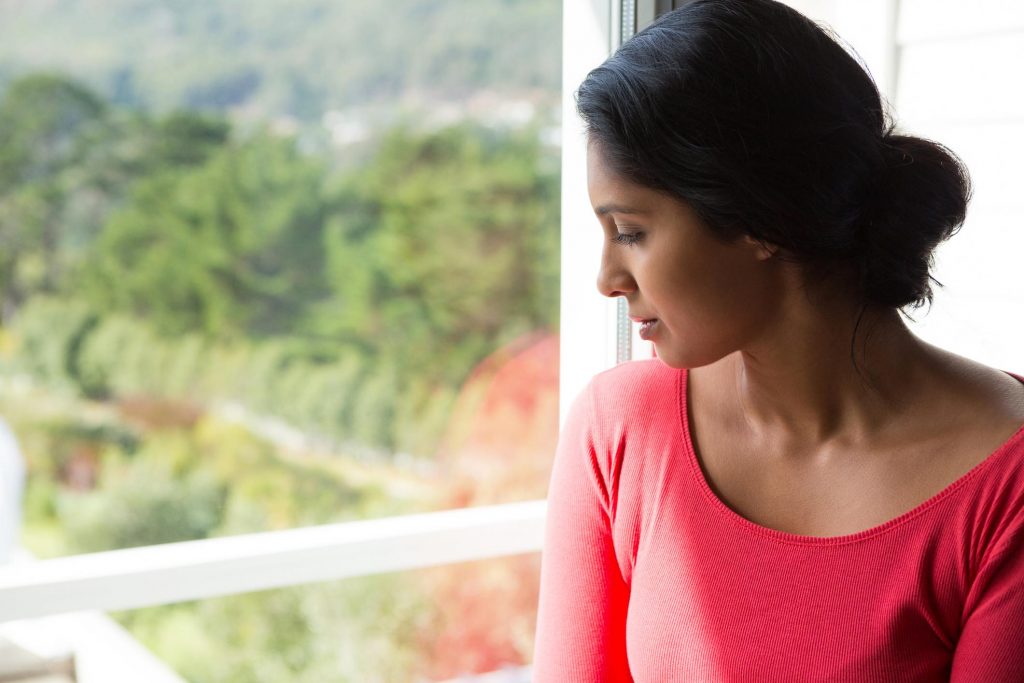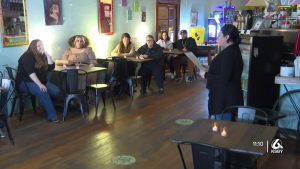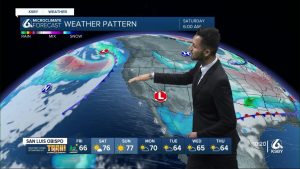
Thoughtful young woman looking through window at home
Some people have intimate bonds with others, but still feel marginalized.

KEY POINTS
- A 2020 study revealed that many singles who were satisfied with their social relationships still felt lonely in ways that were rarely recognized.
- In interviews, single study participants reported feeling a lack of support from those in power, financially and otherwise.
- Some people living alone reported missing the ritual of seeing the same people every day at favorite places such as coffee shops.
Some people are not suffering from loneliness in the way we typically understand it. They have the social relationships that they want. They are fine with the number of people they have in their lives and are in touch with them often enough, so they are not “socially lonely.” And they are also fine with the intimacy of their bonds with the people in their lives, so they are not “emotionally lonely,” either. And yet, new research shows, those people can still feel lonely or isolated, for reasons that have rarely been acknowledged.
The research was conducted during the first wave of the COVID-19 pandemic in 2020, with people who many believed would experience the most loneliness during the pandemic—those who live alone. New York University sociologists Eric Klinenberg and Jenny K. Leigh conducted in-depth interviews with 55 people, ages 20 to 86, who were living alone in New York City. They reported their findings in “On our own: Social distance, physical loneliness, and structural isolation in the COVID-19 pandemic,” just published in Social Problems.
The People Living Alone Were Socially Connected With Family and Friends
All 55 people in the study were living alone, but they were not socially isolated. They connected with the people in their lives through Zoom, phone calls, FaceTime, or social media. In fact, Klinenberg and Leigh reported, “nearly all described being in touch with friends or family even more often than they ordinarily would have been.” Sometimes conversations were longer or deeper than they had been before COVID.
3 Kinds of Loneliness That Are Not Personal
The people living alone during the pandemic who had satisfying connections with friends and family would probably have scored as not very lonely using standard measures of loneliness. Yet in three ways that had little or nothing to do with their personal relationships with the people in their lives, they did sometimes feel abandoned, marginalized, isolated, or lonely.
1. Abandoned by society
In the interviews, the participants were asked what kinds of support would be most helpful to them as they lived alone during the pandemic. Contrary to popular media narratives about all those poor single people without any social or emotional support, many said they did not need any more social or emotional support. They were not feeling abandoned by their friends or families. They were, though, experiencing “structural isolation, a sense of being abandoned by those in power and left to fend for themselves.”
For many, the hardships they were experiencing were financial. They may have lost their jobs or lost sizable chunks of income from their jobs. They would like to have gotten more consistent financial support from the government.
As was so often the case even before the pandemic, when political leaders and other opinion leaders talked about what needed to be done to help people, they often focused on couples and families,1 even though single people were more likely to be vulnerable financially, as they typically had no backup income from a partner if they lost a job.
THE BASICS
In another example, Census Bureau data collected in 2020 showed that single people were more likely to be going hungry2 during the pandemic than married people with or without children, but they were less likely to get help with that.
In Australia, in the early months of the pandemic, people living alone were treated differently depending on whether or not they had a romantic partner. The coupled people had less severe lockdown restrictions; they were able to see their partner who was living elsewhere. The single people without partners had no exemptions; they couldn’t see a friend or family member or anyone else. They protested, and “the single-person bubble” was introduced. Single people living alone were allowed to create a bubble with one other person.
In their study, Klinenberg and Leigh found that some of the New Yorkers living alone also responded to getting neglected by protesting. Others joined mutual aid groups so that they could all help one another. Some did what they could to help others who were especially vulnerable, such as those whose immigration status made them ineligible for certain protections such as unemployment insurance. Some got involved in addressing social issues that were not specific to the pandemic, such as the Black Lives Matter movement. With those kinds of actions, single people who had been marginalized by those in power did something about it, and experienced meaningful connections in the process.
2. Missing strangers and “familiar strangers”
During the times of pandemic lockdowns, places such as a favorite coffee shop were shut down, and people living alone missed the pleasant ritual of seeing some of the same people every day. Sometimes they had greeted those people, or exchanged pleasantries with them, even if they didn’t even know their names.
People who live alone in the city often enjoy being out and about, among other people, but during lockdowns, other people were less likely to be out on their front stoops, or in the parks, or scurrying to get to work. Just seeing those other people—either total strangers or “familiar strangers”—was something people living alone during the pandemic said that they missed. (My guess is that people living with others missed those kinds of experiences, too, but they were not included in the study.)
3. Physical aloneness
People living alone during the pandemic typically stayed connected with other people virtually, but physically, they were alone. “Sometimes this sense of physical aloneness was distressing,” Klinenberg and Leigh found, “but in other instances, it was simply their state of being.” Some didn’t think that loneliness was unique to those living alone; they mentioned friends and relatives who were feeling lonely, even though they were living with other people.
Interestingly, one of the people the researchers quoted was a man in his sixties who had just lost his partner of more than 30 years. He missed their casual commentary on the TV shows they watched together and chatting over dinner. That person was not just living alone as a matter of course; he was alone after living with a romantic partner for decades.
People who are Single at Heart and who live alone are less likely to experience distress about being physically alone, even during a pandemic. They love being single, and one of the things they love about it is the opportunities it offers to have time and space to themselves. They are far more likely to savor their solitude than to feel lonely when they are alone.
Newfound Confidence
The people living alone during the pandemic in 2020 may have felt abandoned by the people in power, they may have missed seeing people when they were out and about, they may have missed physical touch, and they may have had other challenges, too. Yet, Klinenberg and Leigh reported, “several interviewees discovered newfound confidence in themselves through navigating the uncertain early months of the pandemic alone. . . being able to successfully cope with the personal and logistical challenges of living alone became a source of strength.”
This post was adapted from a column published at Unmarried Equality, with the organization’s permission. The opinions expressed are my own.








